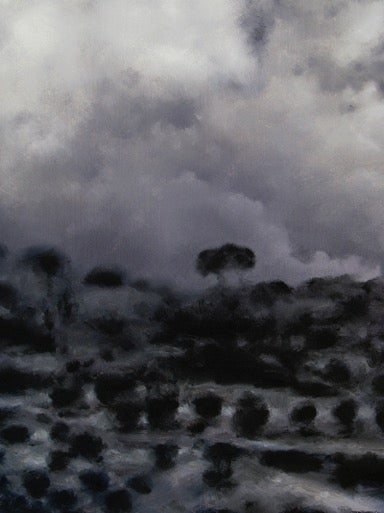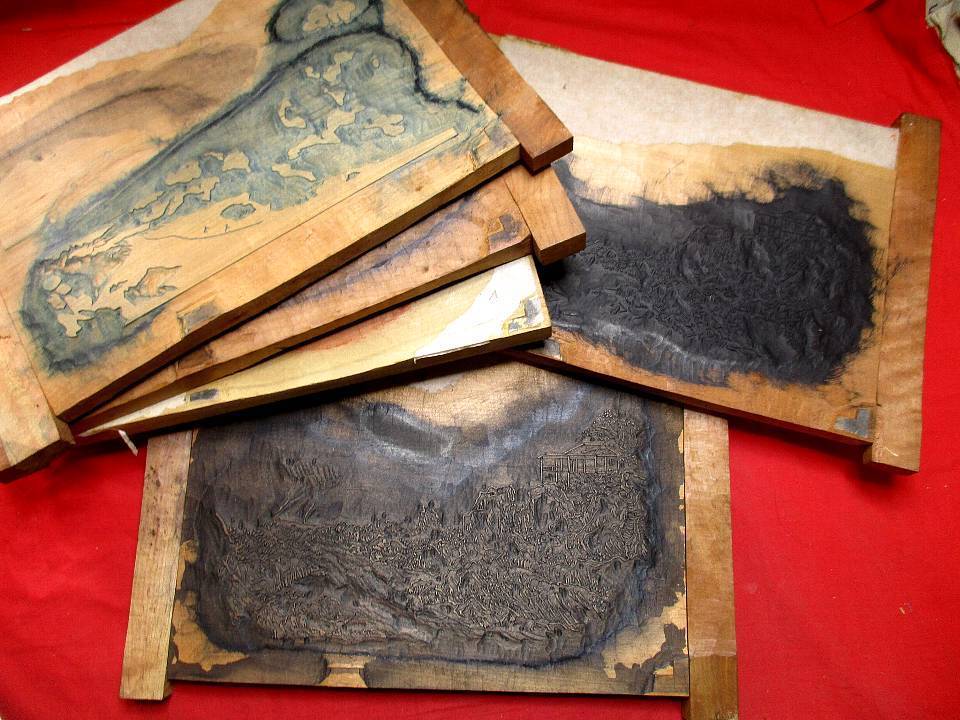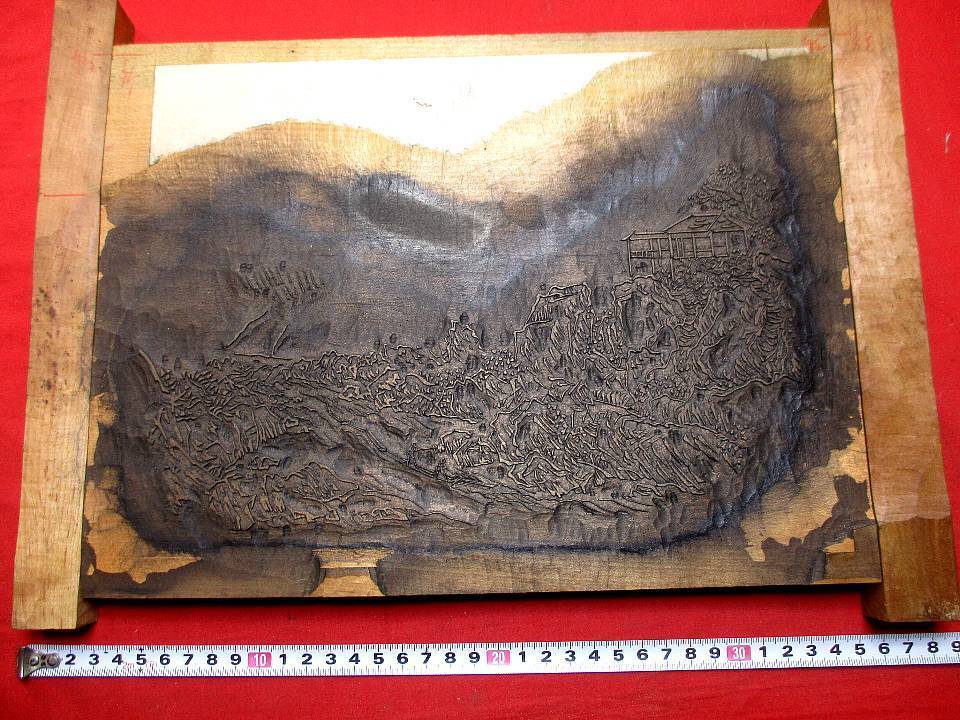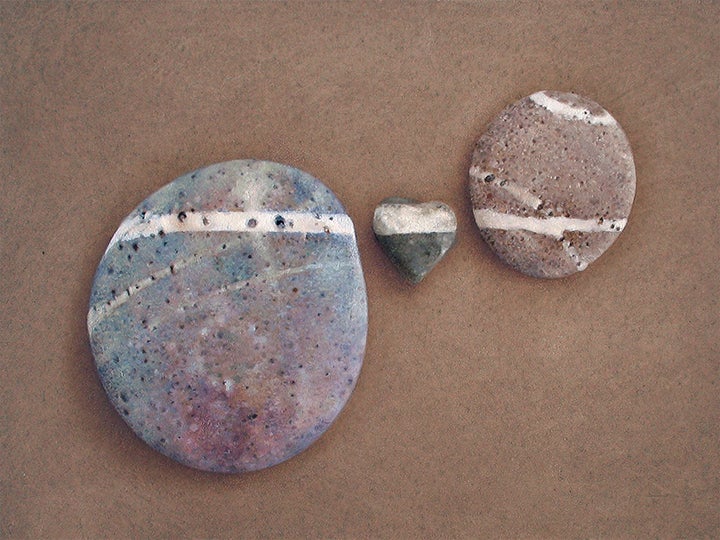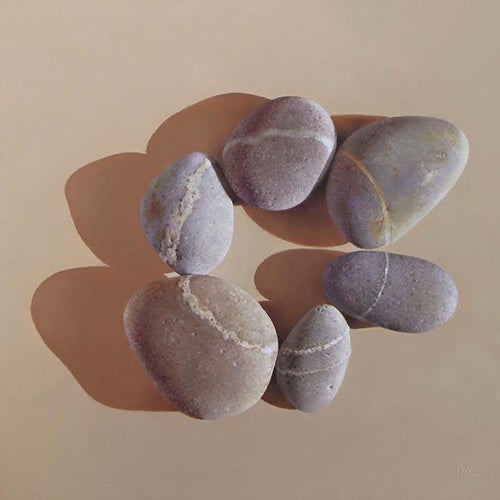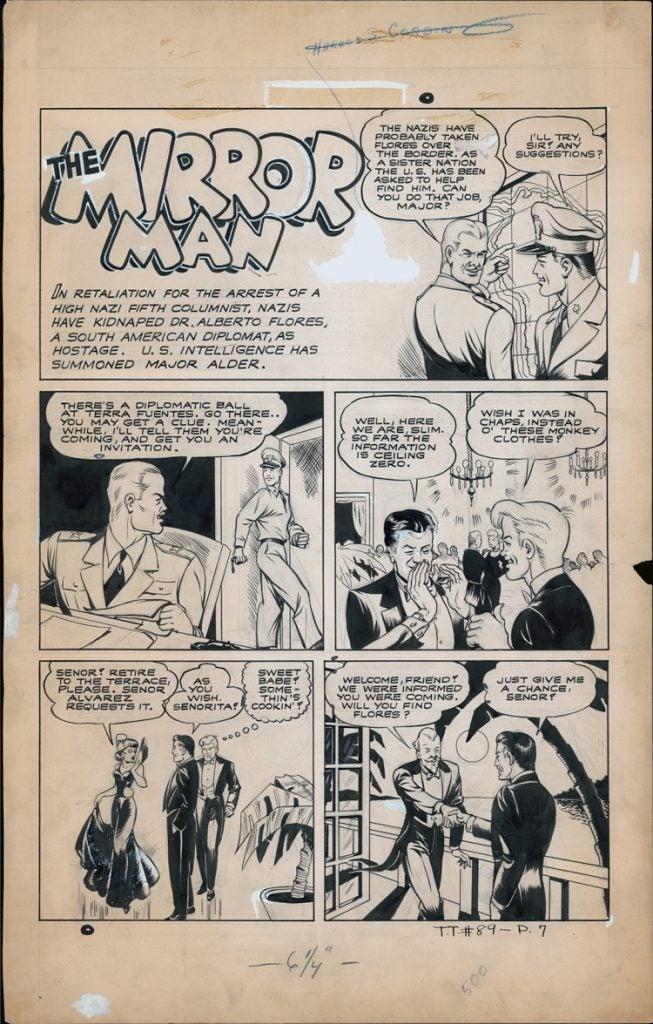 “The Mirror Man” (Tip Top Comics 89, October 1943, p 7)
“The Mirror Man” (Tip Top Comics 89, October 1943, p 7)
by Fred Methot and “Sam Singer” (attributed)
13 x 20 in., ink on paper
Coppola Collection
The Mirror Man was a super-hero series introduced in the Tip Top Comics anthology in issue 54 (October 1940), by writer Fred Methot and artist Reg Greenwood (who also introduced The Triple Terror characters in this same issue).
As Mirror Man, Dean Alder possesses the Mystic Garment, a robe that permits him to use mirrors and other reflective surfaces as his transport, and he uses this to fight crime and evil.
Soon after WWII broke out, both the Mirror Man and Triple Terror characters hung up their spandex and enlisted in the army, becoming military warriors fighting the enemy overseas. The first Mirror Man war story was in Tip Top Comics 71 (March 1942), and the Triple Terror triplets had a spy-adventure and decided to formally enlist at the end of their Tip Top 72 (April 1942) story.
Methot and Greenwood (1899-1943) are credited with The Mirror Man stories through Tip Top Comics 87 (August 1943), which was presumably Greenwood’s last story because he is listed as dying in 1943. The more noted Paul Berdanier (1879-1961) took over The Triple Terror and did one Mirror Man story (TTC 88, September 1943). The rest of the Mirror Man series, which lasts about another year, is not credited except for a couple of stories signed “Singer.” Methot is still thought to have written these, and the artist is referred to as Sam Singer in some places.
This 6-page story, from TTC 89, is signed and is Singer’s first one. I have all 6 pages, as well as the 6-page Triple Terror story from this same issue, in addition to the stories from both series that appeared in issue 90.
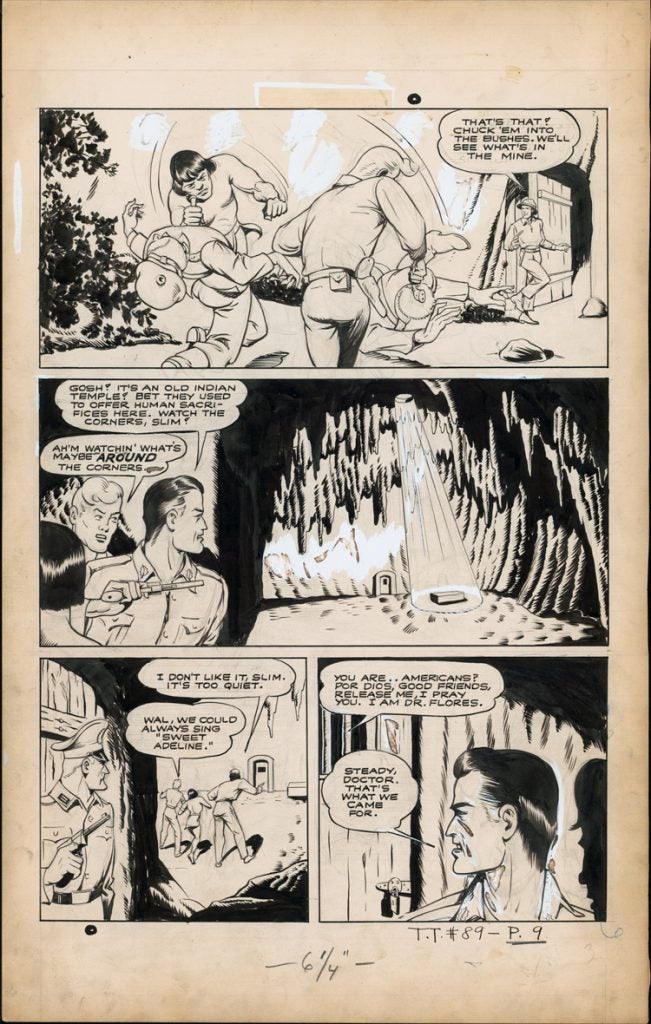 “The Mirror Man” (Tip Top Comics 89, October 1943, p 9)
“The Mirror Man” (Tip Top Comics 89, October 1943, p 9)

 “The Mirror Man” (Tip Top Comics 89, October 1943, p 8)
“The Mirror Man” (Tip Top Comics 89, October 1943, p 8) “The Mirror Man” (Tip Top Comics 89, October 1943, p 7)
“The Mirror Man” (Tip Top Comics 89, October 1943, p 7) Bactrian Ring with black/brown stone (ca. 1600 CE)
Bactrian Ring with black/brown stone (ca. 1600 CE)
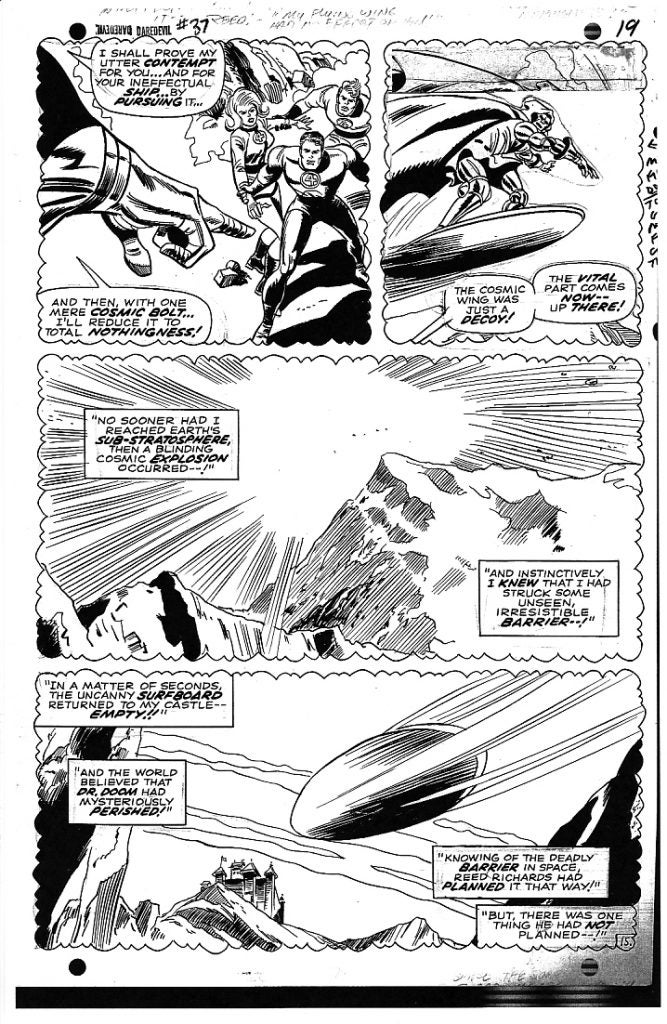 Daredevil 37 p 15 (February 1968)
Daredevil 37 p 15 (February 1968)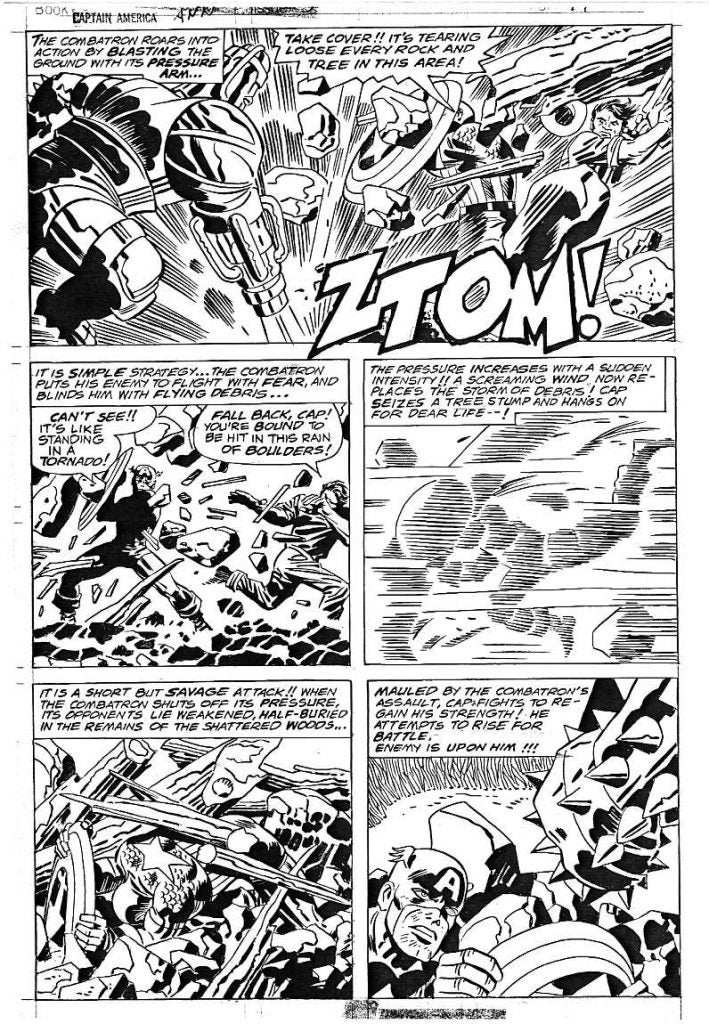 Captain America Annual 3 p 14 (January 1976)
Captain America Annual 3 p 14 (January 1976)